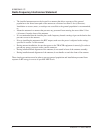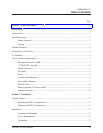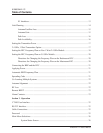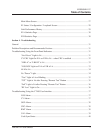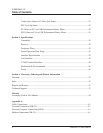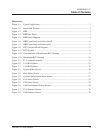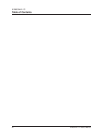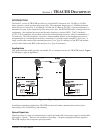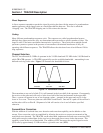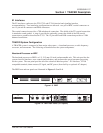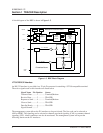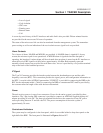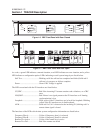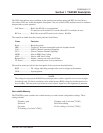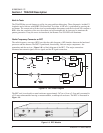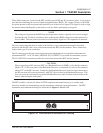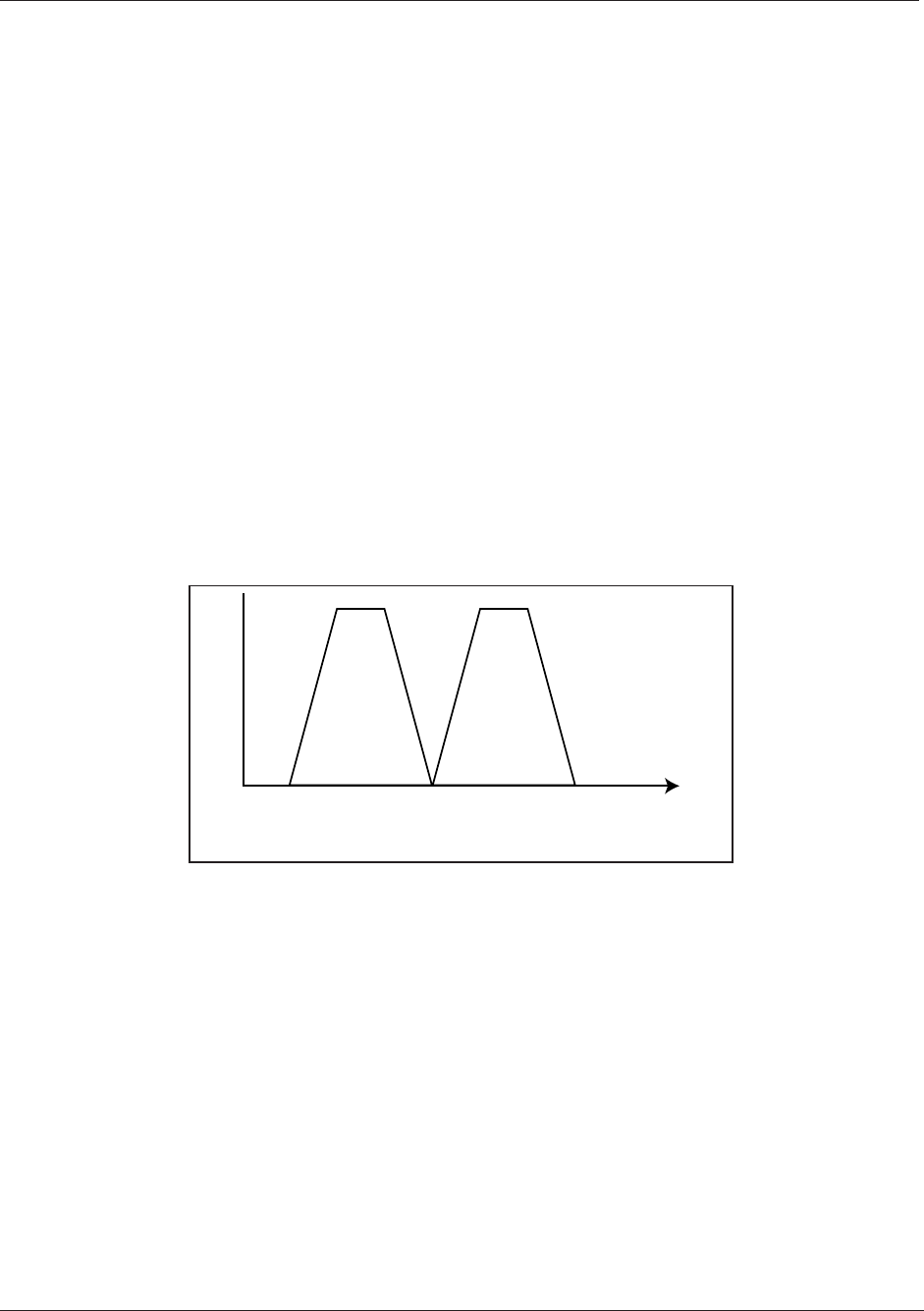
TRACER 2 x E1 User’s Manual
61280004L2-1C
Section 1 TRACER Description
2
Direct Sequence
A direct sequence transmitter spreads the signal by mixing the data with the output of a pseudorandom
number generator which changes state at a rate higher than the data rate. This rate is called the
“chipping” rate. The TRACER chipping rate is twelve times the data rate.
Coding
Many different pseudorandom sequences exist. The sequences are called pseudorandom because,
although they appear noise-like, they are determinant and repeat after a specific number of chips. The
longer a code is, the better correlation characteristics it possesses. These traits allow multiple spread
spectrum systems to operate in the presence of one another with minimal interference if they are
operating with different sequences. The TRACER allows the selection of one of ten different 120-bit
long sequences.
Channel Selection
The FCC has allocated 83.5 MHz of spectrum in the 2.4 GHz band and 125 MHz in the 5.8 GHz band in
which TRACER operates. A TRACER system fully uses the available bandwidth – transmitting in one
half and receiving in the other. Figure 1-2 illustrates the bandwidth division.
The transmitter at one end of a link (TxA) will transmit in the lower half of the spectrum. Consequently,
the receiver at the other end will receive in the lower half of the band and transmit in the upper half.
Thus, a system will operate in one of two frequency plans -- transmit in the upper and receive in the
lower or vice versa. These two plans are called Plan A and Plan B. One end of a path will be on Plan A
and the other will be on Plan B. Shipment of a link will consist of an A and a B unless specified
otherwise.
Forward Error Correction
With the addition of overhead data, error detection and correction capability can be added to a data
stream. Error correction can be accomplished by allowing the receiver to request to retransmit of the
erred block once detected. The TRACER, on the other hand, implements forward error correction (FEC)
which adds enough overhead data for the receiver to detect and correct errors in the data stream. This
capability comes at the cost of bandwidth. The addition of FEC decreases the required signal-to-noise
(S/N) ratio by approximately 5.5 dB to achieve a given bit error rate (BER).
Figure 1-2. Bandwidth Division
2400 MHz
2441 MHz
2483.5 MHz
5725 MHz
5787 MHz
or
5850 MHz



